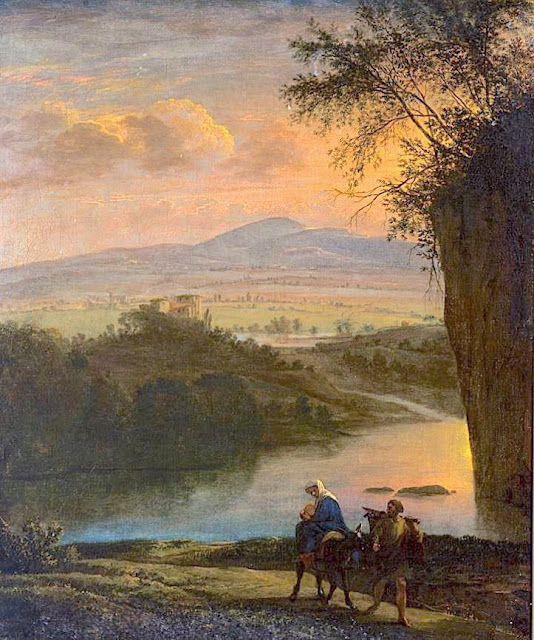VITTORIO SELLA (1859-1943)
Margherita Peak / Mont Stanley (5,109 m-16,763 ft)
Congo - Uganda border
In Mt Stanley from the Esward Peak of Mt Baker - Photographed in 1906 during the Duke of Abruzzi expedition
The Mountain
Mount Stanley (5,109 m -16,762 ft)
is located in the Rwenzori range and is the highest mountain of both
the Democratic Republic of the Congo and Uganda, and the third highest
in Africa, after Mount Kilimanjaro (5,895 m -19,340ft) and Mount Kenya (5,199
m - 17,057ft). The peak and several other surrounding peaks are high
enough to support glaciers. Mount Stanley is named for the journalist
and explorer, Sir Henry Morton Stanley. It is part of the Rwenzori
Mountains National Park, a UNESCO world Heritage Site.
Mt. Stanley consists of two twin summits and several lower peaks which are :
Margherita Peak (5,109m - 16,763ft), Alexandra Peak (5,091m -
16,703ft), Albert Peak (5,087m - 16,690ft), Savoia Peak (4,977m -
16,330ft), Ellena Peak (4,968m -16,300ft), Elizabeth Peak (4,929m -
16,170 ft), Phillip Peak (4,920m - 16,140ft), Moebius Peak (4,916m -
16,130 ft) and Great Tooth (4,603m - 15,100ft).
Mt. Stanley was
first climbed in 1906 by the Prince Luigi Amedeo di Savoia , Duke of the
Abruzzi, (1873-1933), J. Petigax, C. Ollier, and J. Brocherel. He is
known as well for his Arctic explorations and for his mountaineering
expeditions, particularly to Mount Saint Elias (Alaska–Yukon) and K2 (Pakistan–China). Margherita Peak is named after Queen Margherita of Italy the prince's cousin.
The Rwenzori Mountains National Park is considered a model for
integration of cultural values into the Protected Area Management
framework as an innovative approach to resource management, the first of
its kind in Africa. As a result the local communities have embraced
collaborative resource management initiatives. Given its significance as
one of the biodiversity hotspots in the Albertine Rift, various local
and international NGOs have supported the management and conservation of
the property. A General Management Plan guides management operations
on-site. Key challenges to address include illegal felling of trees,
snow recession due to global warming, human population pressure adjacent
to the property and management of waste generated through tourism
operations. UWA is addressing the above threats through resource
protection, community conservation education, research and ranger-based
monitoring, ecotourism and transboundary initiatives with the DRC. The
long-term maintenance of the integrity of the property will be achieved
through sustainable financing, ecological monitoring, continued
collaboration with key stakeholders andregional cooperation.
The photographer
Vittorio Sella is
a mountain italian climber and photographer who took his passion for
mountains from his uncle, Quintino Sella, founder of the Italian Alpine
Club. He accomplished many remarkable climbs in the Alps, the first
wintering in the Matterhorn and Mount Rose (1882) and the first winter crossing of Mont Blanc (1888).
He took part in various expeditions outside Italy:
- Three in the Caucasus in 1889, 1890 and 1896 where a summit still bears his name;
- The ascent of Mount Saint Elias in Alaska in 1897
- Sikkim and Nepal in 1899
- Possibly climb Mount Stanley in Uganda in 1906 during an expedition to the Rwenzori
- Recognition at K2 and Mustagh Tower in 1909
- In Morocco in 1925.
During expeditions in Alaska, Uganda and Karakoram (K2-Chogolisa), he
accompanied the Duke of Abruzzi, Prince Luigi Amedeo di Savoia.
Sella continues the practice of climbing into his old age, completing his final attempt in the Matterhorn
at the age of 76; a climb he had to interrupt the rise following an
accident in which one of his guides injured. He died in his hometown
during World War II. His photographic collection is now managed by the
Sella Foundation.
His photos mountain are still considered today to be among the finest ever made.
Jim Curran believes that "Sella remains probably the greatest
photographer of the mountain. His name is synonymous with technical
perfection and aesthetic refinement. "
The quality of the pictures
of Vittorio Sella is partly explained by the use of a view camera 30 ×
40 cm, despite the difficulty of the transportation of such a device,
both heavy and fragile in places inaccessible; to be able to transport
it safely, he had to make special pieces that can be stored in saddle
bags. His photographs have been widely distributed, either through the
press or in the galleries, and were unanimously celebrated; Ansel Adams,
who was able to admire thirty-one in an exhibition that was organized
at Sella American Sierra Club, said they inspired him "a religious kind
of sense of wonder." Many of his pictures were taken in the mountains
for the very first time in the History, which give them a much artistic,
historical but also scientific value ; for example, one could measure
the decline in the Rwenzori glaciers in Central Africa.
___________________________________________
2021 - Wandering Vertexes...
by Francis Rousseau







